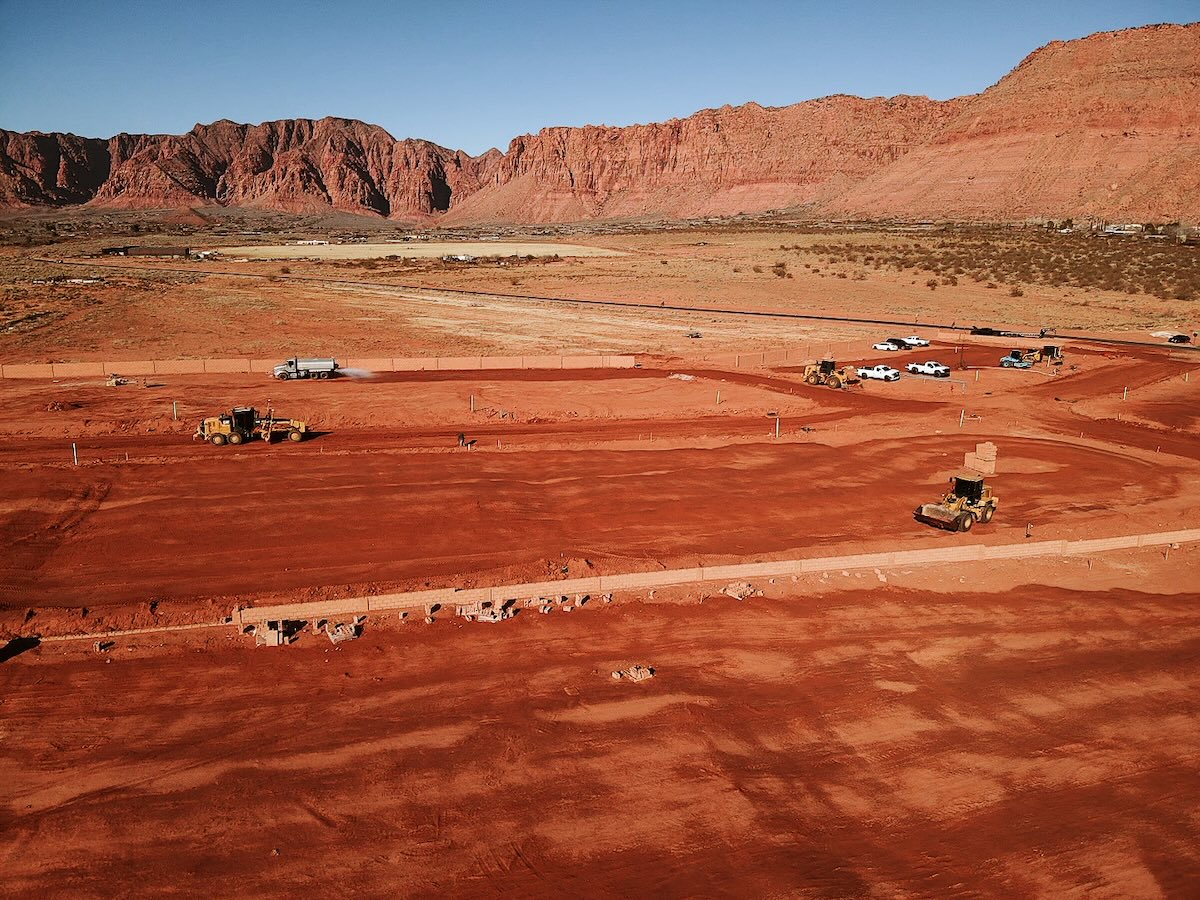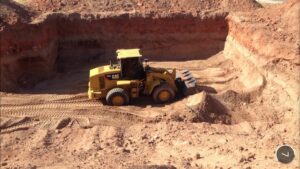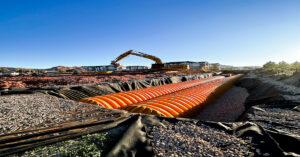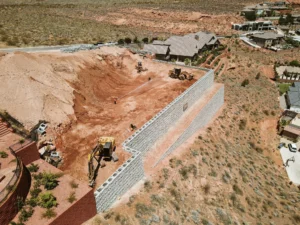Starting any new construction project without proper site grading is like building a house on sand. It’s the critical first step that ensures a stable foundation, effective water drainage, and long-term structural integrity. Whether you’re developing residential lots or large-scale commercial infrastructure, professional grading is essential to the success of your project.
What Is Site Grading?
Site grading is the process of leveling and shaping land to meet the needs of a construction project. It’s not just about flattening land — it involves precise elevation adjustments, slope planning, and soil preparation to create a build-ready surface.
Common Types of Site Grading:
- Rough Grading: Establishes the general shape and slope of the land.
- Finish Grading: Final surface smoothing before construction or landscaping.
- Topsoil Spreading: Adds nutrient-rich soil to prepare for vegetation or turf.
- Cut and Fill: Balances soil by removing excess from high areas and filling low areas.
How Grading Affects Foundation Stability
Grading directly impacts the long-term durability of a structure’s foundation.
- Preventing Settling: Properly compacted and graded soil minimizes future settling that can crack foundations.
- Erosion Control: Grading ensures soil remains stable and in place, even in extreme weather conditions.
Compaction Testing
Before construction begins, compaction testing verifies that the soil meets the required density for safe foundation support. This is a standard part of our Site Grading Services.
Drainage and Water Flow Management
Poor drainage is one of the most common causes of structural failure and landscape damage. Professional grading ensures water flows away from your foundation.
- Slope Calculation: Ensures optimal runoff, typically with a minimum slope of 5% away from structures.
- Preventing Water Pooling: Eliminates low spots where water could collect and compromise structural integrity.
Drainage System Integration
Grading is coordinated with drainage systems like French drains or surface grates for complete water management.
Soil and Terrain Considerations
Utah’s unique terrain and diverse soil types make professional grading a necessity, not an option.
- Terrain Challenges: From steep slopes to rocky ground, Utah’s landscapes require customized grading solutions.
- Soil Composition: Clay-heavy or sandy soils affect compaction, water retention, and grading strategy.
Learn more at the Utah Division of Water Resources.
Regulatory and Engineering Guidelines
Grading isn’t just about moving earth — it must also comply with building regulations and engineering standards.
- Local Ordinances: Each municipality has specific rules governing site grading and stormwater management.
- Building Codes: All grading work must adhere to national standards such as those outlined by the International Code Council.
Site Grading Equipment Used
We use industry-leading tools and heavy machinery to ensure grading is completed with precision and efficiency.
- Laser Levels & GPS Systems: Provide millimeter-level accuracy for elevation control.
- Bulldozers & Graders: Shape the landscape quickly and consistently.
- Skid Steers & Compactors: Tackle fine-tuning and compaction in tight spaces.
Grading for Residential vs. Commercial Projects
While the fundamentals of grading remain consistent, the scale and strategy differ based on project type.
- Residential Grading: Focused on smaller lots with quicker timelines and compact equipment.
- Commercial Grading: Requires larger crews, detailed drainage engineering, and more complex elevation work.
Explore our full services in Residential Land Development and Commercial Excavation.
Common Grading Mistakes to Avoid
Skipping or mishandling site grading can lead to serious consequences:
Improper Slope
Water flows back toward the structure, leading to foundation damage.
Overgrading
Removing too much soil can cause instability and increase backfill costs.
Ignoring Drainage Plans
Poor water flow planning can lead to erosion, water intrusion, and long-term damage.
Timeline Mismanagement
Grading must occur after site clearing but before any construction or paving to prevent delays and rework.
Read our related blog: Over-Excavation Explained
Conclusion
Proper site grading is the foundation of a safe, successful, and long-lasting construction project. It safeguards against structural damage, supports efficient drainage, and ensures compliance with engineering and legal standards.
For accurate, efficient, and code-compliant grading, trust the experts at Prime Excavating.
Get Started Today
Contact us for a free estimate or learn more on our Site Grading Service Page.




